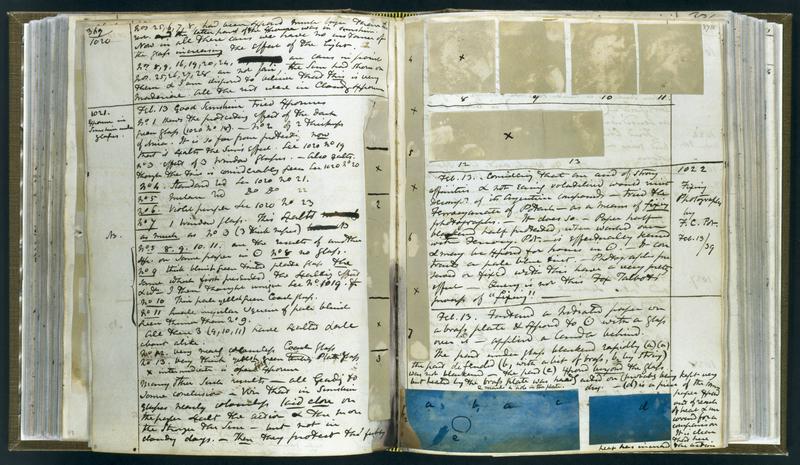Sir John Herschel, A Man of Many Talents
By | March 16, 2019

Sir John Herschel probably wasn’t a jack of all trades, but he may well have been a master of all sciences. During the nineteenth century, he made a number of advancements in the fields of mathematics, astronomy, chemistry, and photography. He is credited with the first global survey of the night sky as well as the invention of the actinometer, which measured the heating power of radiation, and the cyanotype which was used to make blueprints.
He was born John Frederick William Herschel, on March 7, 1792, in Slough, Buckinghamshire, England. His father, Sir William Herschel, was the astronomer who built the telescope and discovered Uranus. John was interested in astronomy from an early age, often helping his father and his aunt, Caroline Herschel, with their work. He was sent to Eton College at eight years old but had to be withdrawn due to bullying by other students. Afterward, he continued his education locally.

In 1809, he attended the University of Cambridge along with fellow mathematicians, Charles Babbage, who would later invent the computer, and George Peacock. In 1812, the three of them founded the Analytical Society of Cambridge, which was devoted to introducing the calculus methods of Gottfried Wilhelm Leibniz as a replacement for that of Newton. Herschel graduated from Cambridge with honors in 1813 and was elected a fellow of St John’s College, Cambridge, as a result of a paper he had submitted to the Royal Society the previous year. In 1814, Herschel briefly pursued a legal career but instead returned to Cambridge as a mathematics teacher. Then in 1816, he left Cambridge to work with his father in astronomy.

In 1820, he became one of the founders of the Royal Astronomical Society. His first major accomplishment in the field of astronomy was his catalog of double stars in which he investigated gravitational forces and attempted to further his father’s research by measuring the parallax of a star to calculate its distance from Earth. The catalog was produced as a joint venture with James South and they were awarded the Gold medal of the Royal Astronomical Society in 1824 and the Lalande Prize from the Paris Academy of Sciences in 1825. It was also in 1825 that he invented the actinometer which could measure the amount of energy the earth received from the sun. In 1827, Herschel was elected president of the Royal Astronomical Society.



